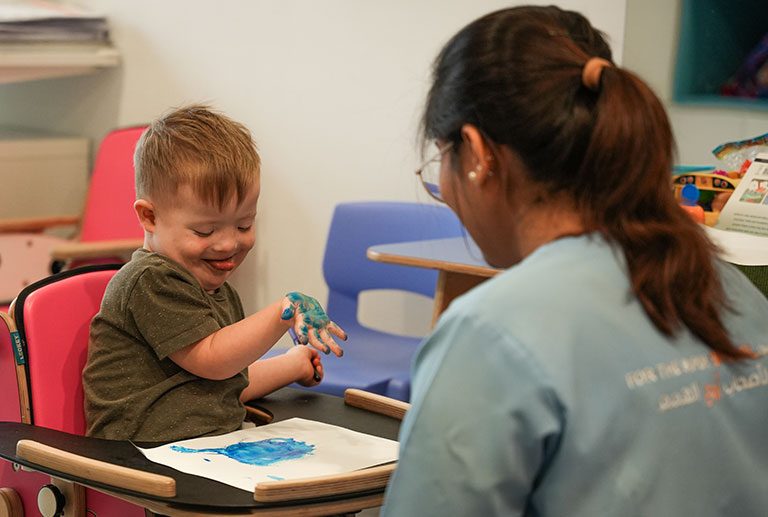Speech therapy sessions help children and adults improve their communication skills. A typical session includes assessments, targeted exercises, and interactive activities designed to strengthen speech and language abilities.
The process varies based on individual needs, but knowing what happens in a speech therapy UAE session can help parents and patients feel more prepared.
Initial assessment and goal setting:
The first session usually begins with an assessment. The speech therapist observes the patient’s communication skills, including pronunciation, vocabulary, and knowledge of language. This may involve simple conversations, picture-based exercises, or structured tests. Based on the results, the therapist sets specific goals for future sessions. These goals may focus on speech clarity, sentence formation, or social communication skills.
Warm-up activities:
Each session starts with warm-up activities to help the patient feel comfortable. This may include simple exercises like repeating sounds, naming objects, or singing rhymes. These activities prepare the patient for more focused speech exercises.
Targeted speech exercises:
The main part of the session includes activities that address the patient’s specific challenges. These exercises depend on the age and needs of the individual:
- For children – Games, flashcards, storytelling, and play-based activities make learning fun and engaging.
- For adults – Reading exercises, conversation practice, and pronunciation drills help improve communication skills.
If the patient struggles with articulation, the therapist may focus on specific sounds or words. If the challenge is with understanding language, exercises may involve following instructions or answering questions.
Use of visual and auditory aids:
Many speech therapy sessions include tools like pictures, videos, or apps to make learning easier. For children, therapists may use toys, puppets, or storytelling to encourage speech. Adults may work with recorded speech samples or reading materials to refine their pronunciation and comprehension.
Parent or caregiver involvement:
For children, parents are often given exercises to practise at home. Therapists may also provide feedback on progress and suggest ways to reinforce learning in daily life.
A speech therapy session involves assessment, exercises, and interactive activities tailored to the patient’s needs. By practising speech and language skills in a structured yet engaging way, therapy helps individuals communicate more effectively. Regular sessions and continued practice at home contribute to long-term progress.
